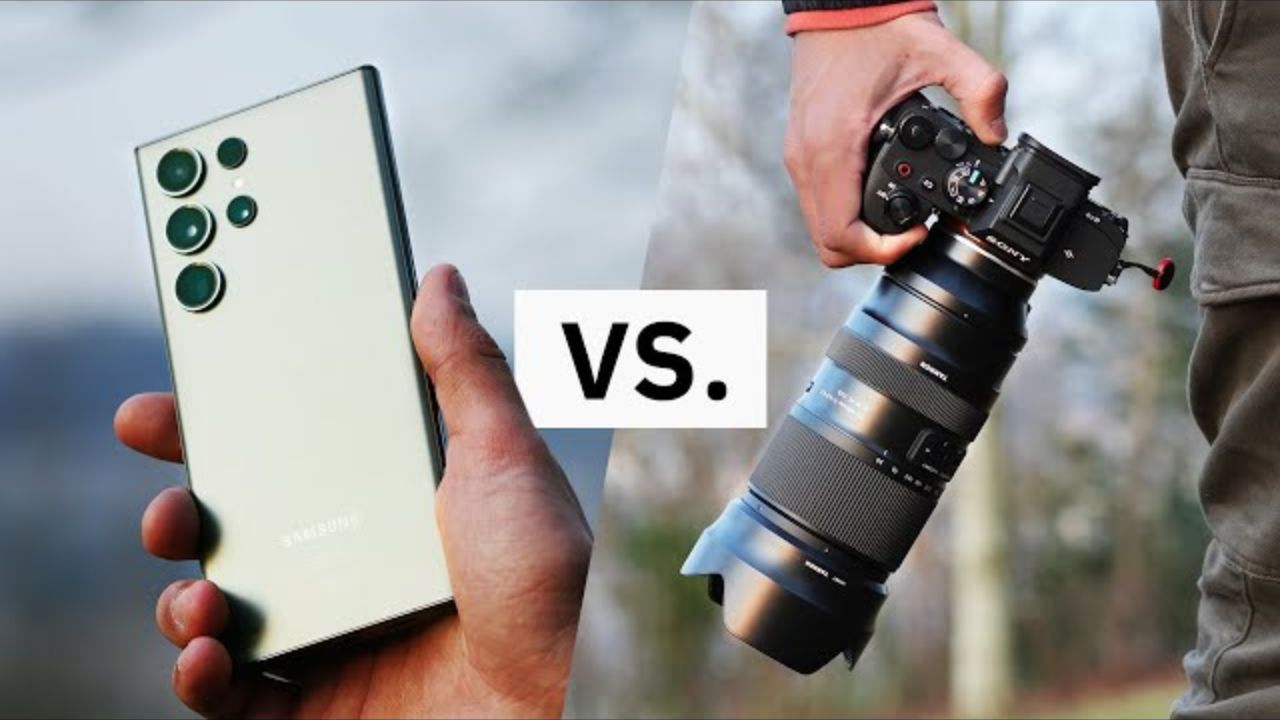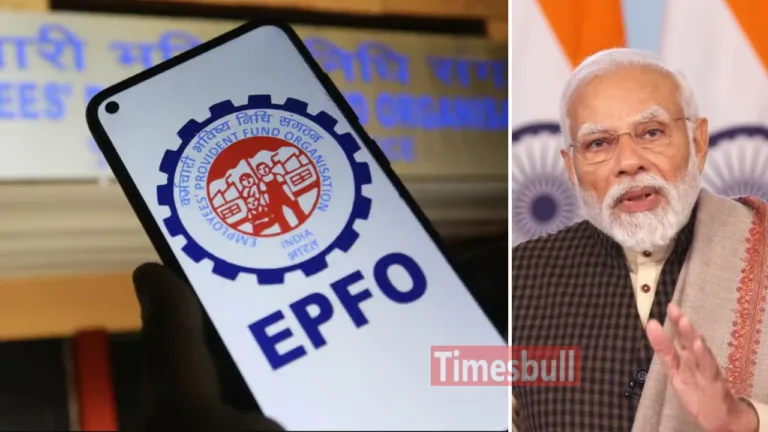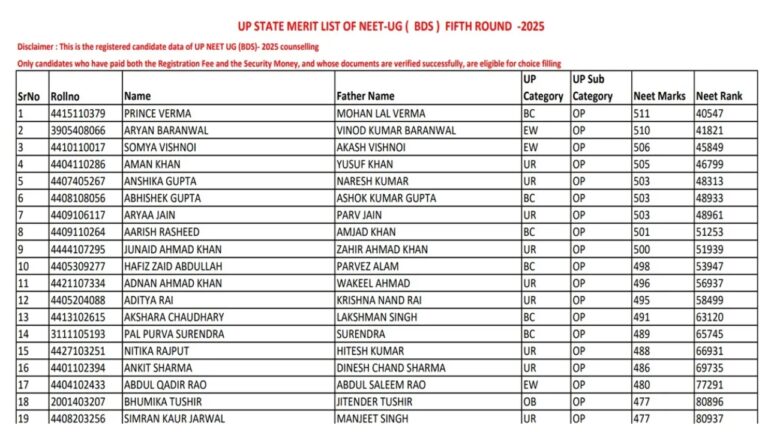Galaxy S25 Ultra vs Nikon D780 DSLR: Today’s tech scene is not so much about choosing one giant of a device, particularly when the boundary between DSLR cameras and high-end smartphones is blurring. Two high-end smartphones are in the limelight today: Nikon D780 DSLR and Samsung Galaxy S25 Ultra. If you can shell out more than ₹1 lakh, which one provides greater value for money? Let’s see what they have to offer.
Design and Build: Bulky vs Slim
The Nikon D780 is a DSLR with its hefty 840g body and pro handle. It’s for those who prioritize function over portability. Or, the Samsung Galaxy S25 Ultra has a slender 8.2mm thickness and tips the scales at just 218g, easily pocketable. If weight and looks matter most to you, then the Galaxy is the winner.
Display and Viewfinder: Old-School Meets New-School
Nikon D780 features a 2.36 million-dot optical viewfinder and touchscreen with 100% view and 0.7x magnification, perfect for photographers who require accuracy. The Galaxy S25 Ultra, on the other hand, comes with a gargantuan 6.9-inch LTPO AMOLED display with 1440×3120 resolution, 498ppi sharpness, 120Hz refresh rate, and HDR10+ compatibility. For real-time consumption and editing of content, the smartphone takes the cake.
Camera Capabilities: Megapixels vs Sensor Size
Nikon D780 features a 25MP full-frame BSI-CMOS sensor and supports 4K video recording at 30fps. It is equipped with more powerful autofocus, lens flexibility (Nikkor 24-120mm), and professional-grade metering. Samsung retaliates with the presence of a quad-camera setup that is a staggering 200MP, 8K video recording at 24fps, and AI for increased power. Although the phone provides breathtaking image resolution, the DSLR still reigns supreme when it comes to raw photography quality and depth.
Performance and Storage: Raw Power Versus Smart Efficiency
The Galaxy S25 Ultra packs the Snapdragon 8 Elite processor of 4.32GHz, 12GB RAM, and 256GB built-in storage. It is a cinch to use for photography, multitasking, and editing. Nikon doesn’t provide standard multitasking, but provides enhanced performance in photography. If flexibility is what you are looking for, the S25 Ultra is the winner; if the snapshot is all one needs, Nikon is the sheer winner.
Connectivity and Features: Smart Tech Ahead
The S25 Ultra has 5G, Wi-Fi 6, NFC, Bluetooth 5.4, and USB-C 3.2 connectivity. Wireless and reverse charging are also present. Nikon has built-in Wi-Fi, Bluetooth, USB 3.1, mini HDMI, and a remote control ideal for studio use but lacking all of the newer smartphone niceties such as NFC or 5G.
Battery and Charging: Endurance vs Speed
Nikon features a 2260mAh EN-EL15b battery, which is designed for extended usage with little energy consumption. Galaxy S25 Ultra has a 5000mAh battery that is charged with 45W wired, 15W wireless, and 10W reverse wireless charging. Charges faster and endures longer even under continuous use—hands down win here for Samsung.
Price and Value: Premium Price Tags
Nikon D780 (Body only) is available from ₹1,15,161, and Samsung Galaxy S25 Ultra from ₹1,17,999. Nikon is ideal for professionals, but Galaxy S25 Ultra provides more utility under one stylish umbrella camera, phone, and picture editor all in one.
Verdict: Pick Your Battlefield
If you are a photography enthusiast, the Nikon D780 is an image quality and control master. But if you need a do-everything best tool to capture, edit, and share without additional accessories, the Samsung Galaxy S25 Ultra provides unmatched convenience with industry-leading performance.










